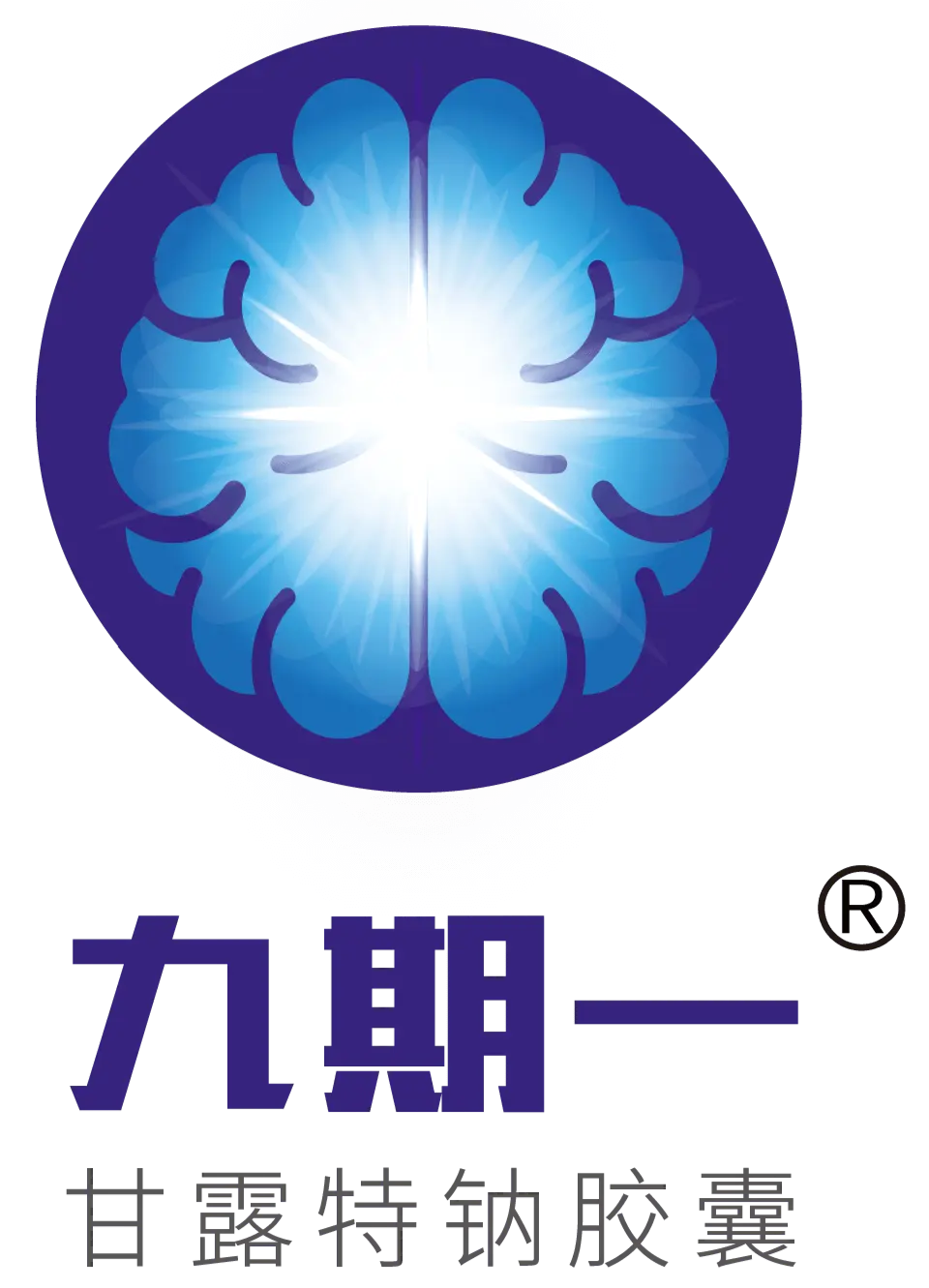Jeffery Cummings:Treating Alzheimer’s Disease with GV-971: An International Perspective
Jeffery Cumming:It is a great honor to join this conference with all of you. I would like to introduce the existing Alzheimer's drugs on the market, the mechanism of action of GV-971, and the general plan of global research and its benefits.
First of all, let me introduce AD drugs. There are currently four drugs on the market, including donepezil, rivastigmine, galantamine and memantine. Their applications are very similar, and the symptoms treated have also improved, which is moderate improvement, worsening toward baseline after six months, with no major disease alteration.
The curve on the left side of the figure is the standard therapy. It can be seen that it is different from the GV-971 curve. Previously, we have shown its effects. These are the history of the approval of new AD drugs. The earliest approval was in 1993, and the most recent one was memantine. It has been 17 years now, and no new drugs have been launched for 17 years. So we can say that GV-971 broke the deadlock.
To succeed in developing an AD drug, we need to ask: Why more than 200 drugs have failed? Why there is such a high failure rate? Professor Scheltens and I both wrote papers that drug development must have the right target, the right drug, the right biomarker, the right patient group, and the right clinical study operations. And every previous trial failed to show the difference between placebo and drug, but it was also an opportunity to learn.
Current AD drugs offer only limited benefits and do not affect the underlying disease course. Many trials of AD drugs have failed, but each clinical trial provides lessons on how to do better trials.
Inflammation is an important part of AD, and we recognize that the inflammatory process is very complex, involving complement proteins, cytokines, chemokines, and invading monocytes, all of which originate from the periphery and partially drive brain inflammation in AD. Recognizing the importance of inflammation, many drug companies have attempted to reduce inflammation as a target for drug intervention to treat AD. GV-971 is a leading drug that has been able to reverse gut microbiota dysbiosis, and some trials involve anti-inflammatory drugs, cell activators and other drugs. The main view is that inflammation is a key factor in the pathogenesis of AD, which many studies now target.
Almost all drug companies have a project that researches dementia and inflammation, and every drug company that researches dementia has a R&D project. All of them are currently in their infancy.
What does the relationship between the microbiome and inflammation look like? At present, there is evidence from a cohort study of AD patients that was conducted in the United States. In the ADNI cohort study, we found that they did have gut microbiota dysbiosis, including abnormal increases in secondary bile acids. When these secondary bile acids increased, the entire process was accelerated, allowing mild AD to rapidly progress to a state of dementia.
We have evidence that gut microbiota dysbiosis can accelerate the progression of AD, and the relationship between dysbiosis and brain inflammation has been linked to neurodegenerative diseases. For example, Parkinson’s disease, multiple sclerosis, schizophrenia, autism, muscular dystrophy, etc. all have corresponding effects.
We need to do systems biology studies to analyze the gut microbiota. Previously, we needed to treat the brain, but now we're starting to focus on the gut. We're seeing the gut microbiota have an effect on the brain, including drug effects on the microbiome in the gut. Our main view on the gut microbiota is that in many neurological diseases including AD, there are abnormalities in the gut microbiota. Gut microbiota dysbiosis promotes peripheral inflammation, and the entry of peripheral inflammatory cells into the central nervous system will stimulate central inflammation.
In the current pathogenesis, the gut microbiota is a field of increasing research and a very promising field. The gut microbiota plays a role not only in the pathogenesis of AD, but also in many neurodegenerative diseases, such as Parkinson's disease. How does the gut microbiota intervene in the pathogenesis of neurodegenerative diseases? According to current research, it is mainly through the regulation of the peripheral immune system, which ultimately reduces neuroinflammation. Later, you will hear from the famous Dr. Sam Sisodia who will introduce research in this field. He is a top expert in the field of AD research and is also researching the relationship between the gut microbiota and AD.
How does GV-971 respond to inflammation and gut microbiota dysbiosis? Dr. Geng Meiyu's experiments were very successful, and congratulations to them here. In the study of transgenic mice, we can see that from two to nine months, the gut microbiota was also evolving. At this time, we can see increasing dysbiosis in the gut microbiota, and increasing inflammatory cells in the central and peripherals nervous system. Dr. Geng's research proved that GV-971 can reduce Aβ and mantle protein, and at the same time, it proved that GV-971 has neuroprotective effects at an early stage, which will play an important role in altering the whole course of the disease.
Let's think about the development process of GV-971. First, gut microbiota dysbiosis leads to neuroinflammation, which is an important part of the pathogenesis of AD. Animal data tell us that GV-917 can remodel the gut microbiota in AD models. Then, Phase-1 and Phase-2 studies have demonstrated safety and initial efficacy, followed by Phase-3 clinical study in China. Professor Xiao Shifu also gave us a detailed presentation just now. You have already seen the main results. What I want to emphasize here is that the effects appeared very early and remained better than the placebo, and the efficacy was always better than the baseline level, and the difference between placebo and drug was getting bigger and bigger.
If we look at the data, we can see the state of AD, the blue line is slowly declining; the red line is symptomatic, so response, improvement and deterioration; and the purple line is the response that alters the course of the disease. Patients showed no initial improvement, but the results of drug efficacy were getting better and better. GV-971 has an early onset and is able to cope with symptoms very well, which is its early-stage effects. And the drug can affect the disease progression in the later stage.
The mechanism of GV-971 has not been fully proved and studied in humans, and the following mechanism of action is hypothesized: GV-971 can alleviate gut microbiota dysbiosis. It acts on the gut to reduce peripheral inflammation and abnormal metabolites, so fewer inflammatory cells will enter the brain, thereby reducing the pathological products that aggregate over time in AD patients. This is GV-971’s mechanism of action.
Our main view is that in AD animal models, GV-971 can remodel the balance of the gut microbiota and reduce inflammatory responses. Phase 3 clinical trial has shown that GV-971 can effectively improve cognitive function. At the same time, it has also been approved by China's National Medical Products Administration, or NMPA.
We have participated in many important clinical studies, and we have done some analyses based on past experience and the results of the China Phase 3 clinical trial. There is something very important here, that is, GV-971 showed two characteristics in Phase 3 clinical trial: the onset is very fast. The drug started to show effects in one month, and the effects were well sustained until nine months, which we saw in an analysis just now. So GV-971 can alter the course of AD.
Second, I would like to thank Prof. Shifu Xiao and Prof. Zhenxin Zhang for their contributions to this trial.
Third, Professor Geng Meiyu talked about the relationship between the gut microbiota and AD. She believes that by regulating the gut microbiota, GV-971 adjusts the immune system, and eventually reduces neuroinflammation to deliver drug efficacy. It is also a unique mechanism, or at least, this is a common hypothesis we currently have. But it opens up a new direction for AD drugs.
I will now talk about GV-971’s international Phase 3 clinical trial, which is called “Green Memory”. It will confirm the effects of GV-971 on ADAScog and CIBIC as well as other secondary efficacy indicators, so 12 experiments to evaluate continuous improvement. It will involve research centers in China, North America, Eastern Europe and Asia Pacific to evaluate the effects of GV-971 in AD populations with different diets and possibly different gut microbiota. Our research is very rigorous and also includes biomarkers to support the diagnosis of AD, measuring gut microbiota and markers of peripheral neuroinflammation. And by assessing markers of neurodegeneration such as NMR that measures neurofilament light chains, we evaluate GV-971’s effects on altering the disease course. This study will include mild-to-moderate AD patients who do not use donepezil or other AD treatments. This is a 52-week double-blind controlled trial, followed by a 24-week open-label extension period.
All patients will take GV-971. All participating patients will be provided with life-long treatment of GV-971 from Green Valley Pharmaceuticals.
Our main view is that GV-971 is a new drug for treating mild-to-moderate AD, and we are very grateful for the success of this drug. GV-971 may represent a new mechanism of action for the treatment of AD, and it will be further explored in the global study. The international Phase 3 clinical trial “Green Memory” will help us better understand the global application of GV-971.
These views have been reviewed by other members of the Science Innovation Committee, including Philip Scheltens, and Susan Preschin. Thank you for your attention!








